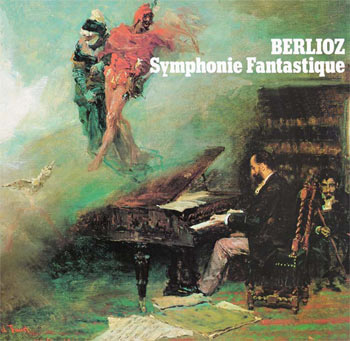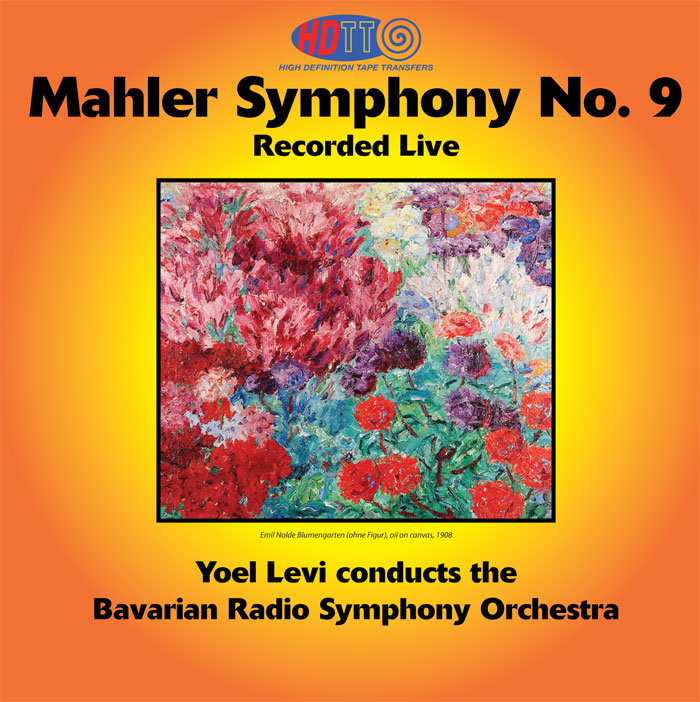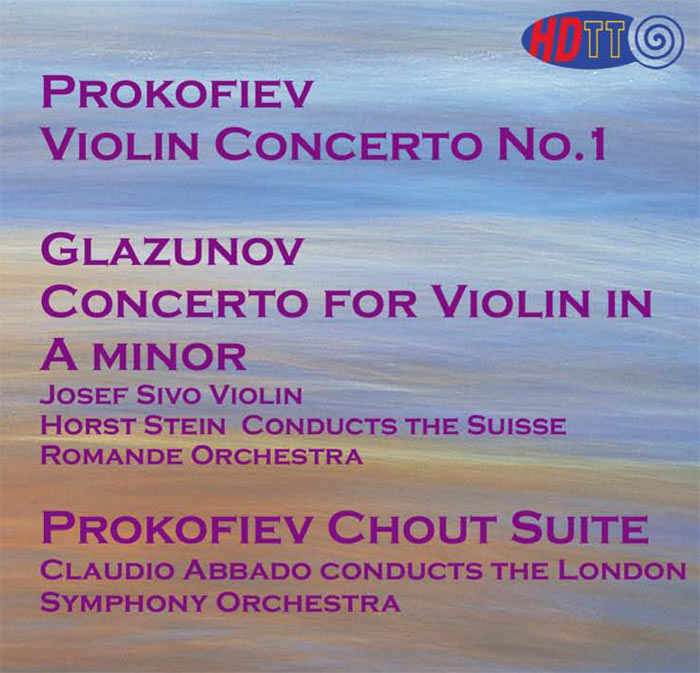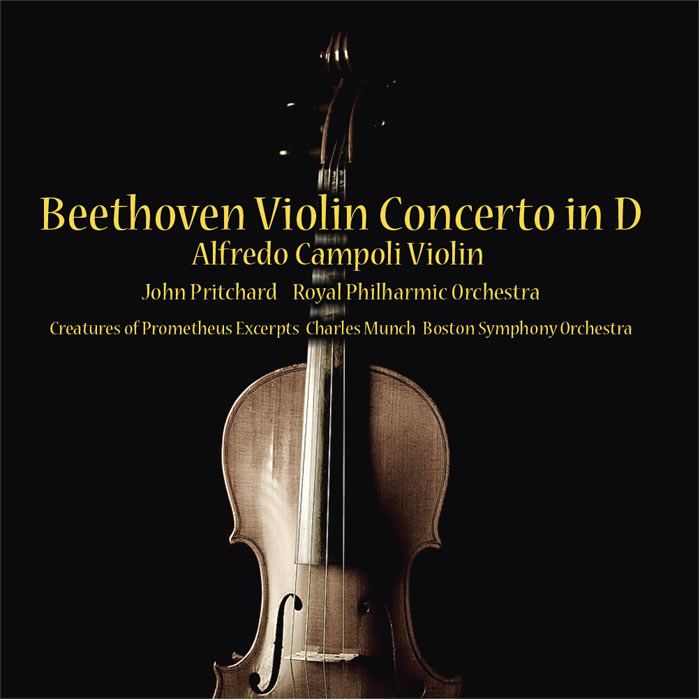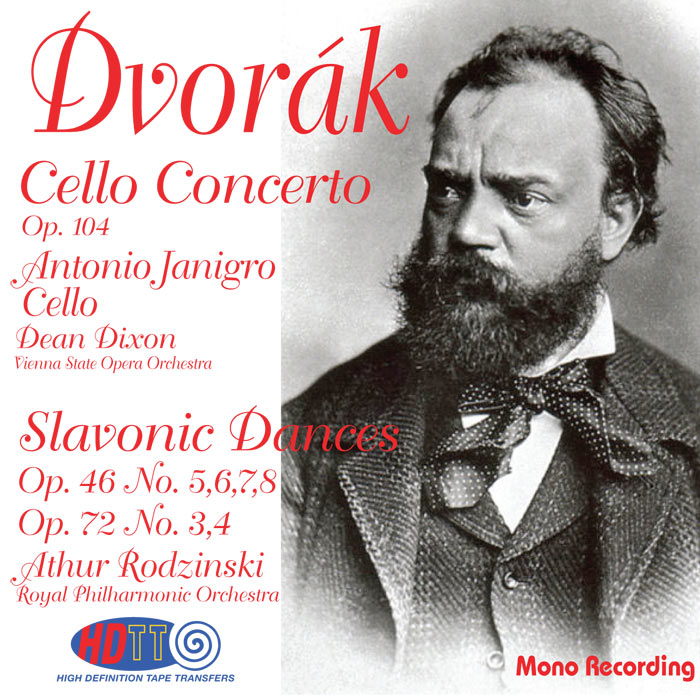Logowanie
Mikołaj - ten to ma gest!
Elton John, The Mamas & The Papas, Cat Stevens, Rod Stewart, Bobbie Gentry, Stevie Wonder, Engelbert Humperdinck
Memory Lane
Edycja Numerowana - 1000 egzemplarzy w skali światowej
RACHMANINOV, Eiji Oue, Minnesota Orchestra
Symphonic Dances / Vocalise
Best Recordings of 2001!!! NAJCZĘŚCIEJ KUPOWANA PŁYTA Z RR!
Karnawał czas zacząć!
Music of Love - Hi-Fi Latin Rhythms
Samba : Music of Celebration
AUDIOPHILE 24BIT RECORDING AND MASTERING
CHOPIN, LISZT, DEBUSSY, DVORAK, Gerhard Oppitz
Dances romantiques - A fantastic Notturno
Wzorcowa jakość audiofilska z Clearaudio
Winylowy niezbędnik
ClearAudio
Double Matrix Professional - Sonic
najbardziej inteligentna i skuteczna pralka do płyt winylowych wszelkiego typu - całkowicie automatyczna
BERLIOZ, Charles Munch
Symphonie Fantastique
- 1. Reveries - Passions (Daydreams - Passions) 13:57
- 2. Un bal (A ball) 6:25
- 3. Scène aux champs (Scene in the Country) 14:56
- 4. Marche au supplice (March to the Scaffold) 4:28
- 5. Songe d'une nuit de sabbat (Dream of a Witches' Sabbath) 9:15
- Total Time: 49:01
- Charles Munch - conductor
- BERLIOZ
>>> Wiêksza ok³adka A <<<
Symphonie Fantastique by Gary Lemco Beethoven is dead and Berlioz alone can revive him! These words uttered by Paganini hardly seem logically congruent, given the disparity of musical styles in Berlioz (1803-1869) and the Classical master Beethoven (1770-1827). Yet, Berliozs late discovery of Beethoven (c. 1827) inspired him--via the concerts of both Franz Liszt (1811-1886) and Francois Habanek (1781-1849)--to study the total oeuvre of that master, as Berlioz notes in his Memoirs: I had just had a double vision of Shakespeare and Weber, when immediately on another point of the horizon I saw the immense ¬gure of Beethoven arise. The shock I received was almost comparable to that from Shakespeare. He opened up a new world in music, just as the poet had unveiled to me a new universe in poetry. Prior to Berliozs saturation in the Beethoven symphonic and keyboard oeuvre, his greatest in uence had been--beginning in 1821--the Paris Opera, whose productions of Gluck, Spontini and Bellini had de¬ned Berliozs notion of vocal melody. The Shakespeare in uence came in 1827, through his exposure to a troupe of English actors under William Abbot at the Odeon Theatre. The experience of Shakespeare assumed an entirely new--even mythical--dimension when the relatively unremarkable Irish-British actress Harriet Smithson (1800-1854) appeared as Ophelia at the Odeon (11 September 1827) in a production of Hamlet, a revelatory moment according to his Memoirs: This sudden revelation of Shakespeare overwhelmed me. The lightning ash of his genius revealed the whole heaven of art to me, illuminating its remotest depths in a single ash. . . When Harriet followed her success as Ophelia with her Juliet, she became the toast of Paris, the very model for the Delacroix painting La Mort dOphelie which hangs in the Louvre. Berlioz immediately developed an infatuation, an obsession with Ms. Smithson, (expressing himself musically in his 1842 La Mort dOphelie, Op. 18, No. 2, with a text by Ernest Legouve), declaring--rather apocryphally--I will marry that woman and write my grandest symphony on that play. Berlioz let his ardor be known, but the actress resisted all of Berliozs sporadic attempts over two years to meet and to court, her, telling management in 1829, Beware the [crazed French] gentleman whose eyes bode no good. Reduced to a state of nervous collapse, Berlioz began what was to become his cause celebre in music, the Symphonie fantastique--Episodes in the Life of an Artist (1830), with the epigraph borne on the title page. Berlioz had been reading Thomas de Quinceys Confessions of an English Opium Eater (1821), and his own ventures into narcotics may have in uenced his vision for the ¬rst truly programmatic symphony, given the obligations to Beethovens Pastoral Symphony, whose ¬ve-movement structure proves architecturally pertinent to Berlioz. When Harriet Smithson did consent to hear Berliozs work in 1832--acknowledging her own role in the creative process--she allowed Berlioz to meet and to court her. The ill-matched couple were married 3 October 1833 at the British Embassy. When we consider that Beethoven had died in 1827 and Schubert in 1828, the entire syntax and sensibility of the Berlioz Fantastic Symphony appears as a radical departure from anything like Classical music, a real revolution in orchestral construction. Berlioz, in setting himself up as the musical protagonist in his own artwork, became an archetypal Romantic icon--especially when we recall the poets Vigny, Dumas, Nerval and Gautier--several of whom sat in that same audience that witnessed Henrietta Smithsons performance in Romeo and Juliet and Berliozs subsequent declarations of artistic and personal idolatry. Recall that the term fantastico, applies to anyone of outstanding genius, much in the style of Leonardo da Vinci, the quintessential Renaissance Man, the all-embracing visionary. Moreover, the use of an idee ¬xe, a musical leitmotif to describe the beloveds inner character that will transform into something both divine and noxiously abhorrent and grotesque, strongly resembles the spiritual journey of Victor Frankenstein in Mary Shelleys Gothic novel (1818), a man who admits that his desire to raise the dust of the dead into animate being becomes a ¬xed idea akin to madness. Ultimately, the real contribution of this grand symphony lies in the art of instrumentation and orchestral color: never before in music had the qualities of timbre been liberated on their own merits, away from any conception of a piano-reductions ability to capture the sheer beauty of the modern, large orchestras capacity for sensuous impact. The Fantastic Symphony portrays an artist gifted with a lively imagination" who has "poisoned himself with opium" in the "depths of despair" because of "hopeless love." The ¬rst movement 1. Reveries - Passions (Largo - Allegro agitato e appassionato assai) The narcotic proves too weak to kill our protagonist, but he su ers a series of visions and sensations that involve his beloved, heard as string melody that recurs with inescapable constancy, although the character of the tune will transform as despair and paranoia consume the protagonist. 2. Un Bal (Valse: Allegro non troppo) At a grand ball, the narrator espies his beloved, but she eludes him in the glitter and swirl of the dance. The elegant scoring of the waltz movement calls for the application of two harps, and near the conclusion a descending scale foreshadows the doom of his in amed hopes. 3. Scene aux Champs (Adagio) Two rustic shepherds--oboe and English horn--announce the narrators retirement to the saving environs of the country, but even here in Natures solace the beloved haunts the narrator. The structure of the evolving melodies parallels Beethovens huge Adagio in the Ninth Symphony, though four tympani announce an oncoming storm, much in the emotional color of Beethovens Pastoral Symphony, whose own Scherzo su ers the intrusion of a thunderstorm. 4. Marche au Supplice (Allegretto non troppo) In this startling movement, the narrator--who has murdered the beloved--becomes part of an execution procession, a ferocious march that culminates with his beheading--courtesy of plucked strings as his head bounces into a waiting basket--at the guillotine. 5. Songe dune Nuit de Sabbat (Larghetto - Allegro) A witches Sabbath ensues at the narrators own funeral, a wicked theme-and-variations on the Latin plainchant Dies Irae. The beloveds leifmotif has transformed into a Hellish mockery of itself, as she leads hordes of demons in a round dance to mock his su ering soul. The sound of tubas reinforces the dire fate of his fallen spirit, a Tuba mirum of ine able sadness and horror. Instrumentation The symphony is scored for an orchestra consisting of 2 utes (2nd doubling piccolo), 2 oboes (2nd doubling English horn), 2 clarinets (1st doubling E- at clarinet), 4 bassoons, 4 horns, 2 trumpets, 2 cornets, 3 trombones, 2 ophicleides (originally one ophicleide and one serpent), 2 pairs of timpani, snare drum, cymbals, bass drum, bells in C and G, 2 harps, and strings.





























